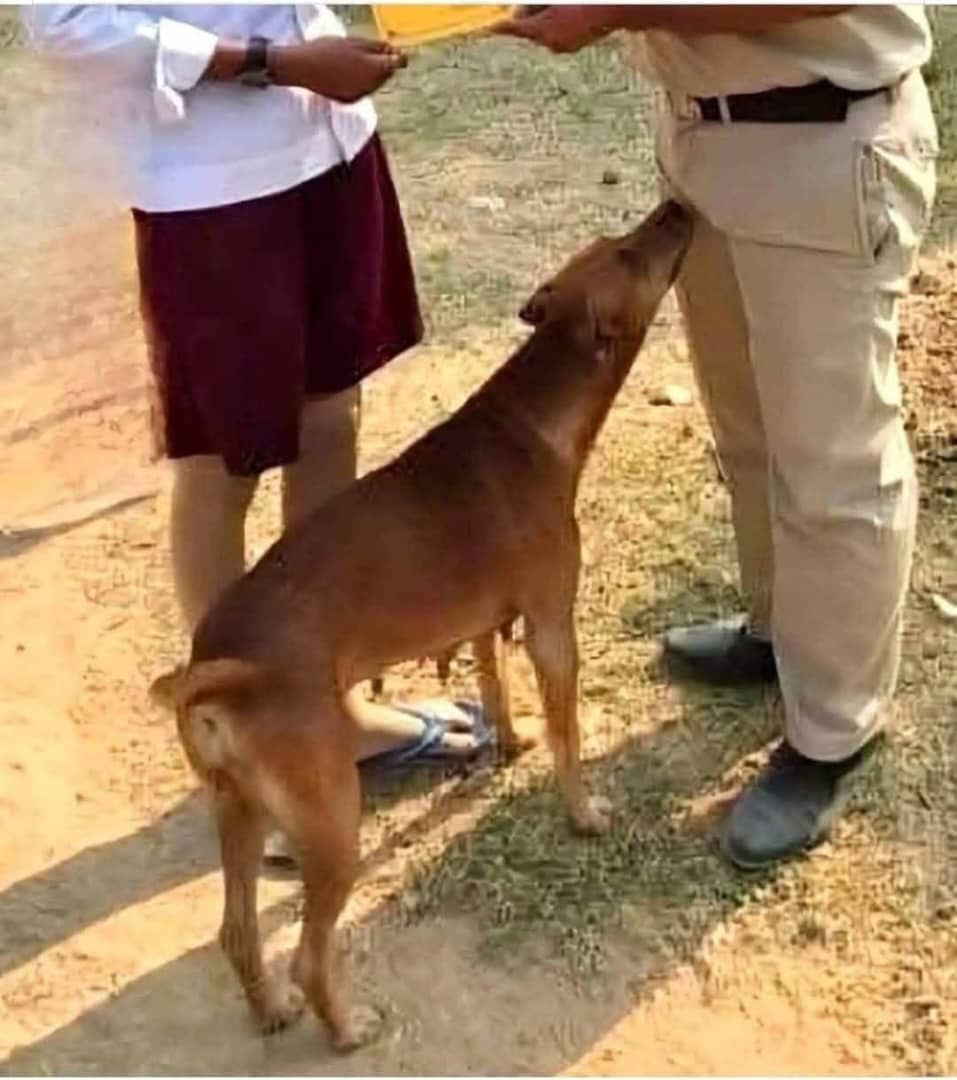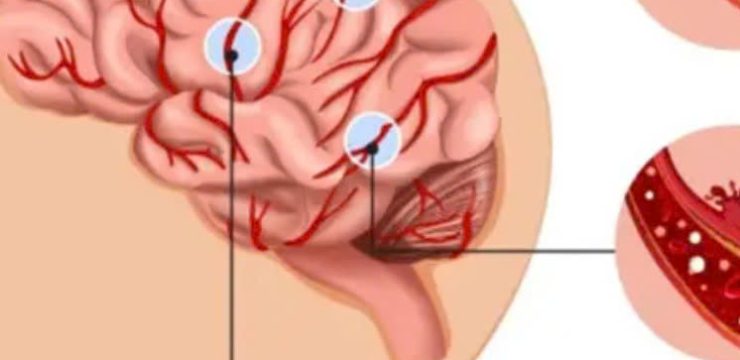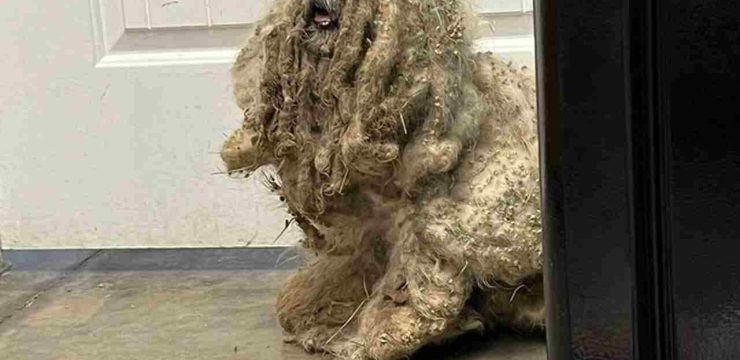Dogs never cease to amaze us—not just because of their endless enthusiasm, wagging tails, or fierce loyalty—but also because of how they interact with the world, primarily through their incredibly advanced sense of smell. One behavior that catches many dog owners off guard is when their pup goes straight for a guest’s crotch during a greeting.

As awkward or embarrassing as it may seem, this nose-to-the-private-area habit isn’t rooted in bad manners, but in science and instinct. Understanding why dogs behave this way starts with realizing how different their world is from ours. While humans rely on sight, dogs experience life through scent. Their noses contain more than 220 million olfactory receptors, compared to a human’s modest 5 million, which means they can pick up the most nuanced chemical signals, detect changes in mood, and even differentiate individual identities based solely on scent. For dogs, every person has a unique scent fingerprint, and sniffing helps them read that information like a bio sheet. So why do dogs seem particularly interested in the crotch area? According to experts like Dr. Jennifer Sperry from Pets Plus Us Insurance, the answer lies in our apocrine sweat glands.
These glands, heavily concentrated in the groin and armpits, produce pheromones—chemical messengers that dogs are naturally drawn to. While humans don’t consciously register these signals, dogs do, and the groin area becomes a high-traffic information center for them. In their eyes, sniffing this spot isn’t rude—it’s just their version of a handshake or an introduction. They’re asking, “Who are you? What’s your story? Are you friend or foe?” Of course, in a social setting, this behavior can be mortifying, especially when it happens to someone unfamiliar with dogs. Fortunately, there are ways to manage this behavior without punishing your pet. First and foremost, understand that your dog isn’t doing anything wrong.
To them, this is completely natural. Yelling or swatting them away might confuse them and create anxiety, potentially leading to bigger behavioral issues. Instead of punishment, focus on redirection and training that aligns with your dog’s instincts. Tools like snuffle mats and puzzle toys are excellent ways to satisfy their need to sniff in a fun and constructive way. These items allow dogs to use their noses to find treats or solve puzzles, keeping their brains engaged and reinforcing positive behavior. Nosework training, where you teach your dog to search for specific scents on command, can also be a great outlet for their natural sniffing tendencies.
In addition, allowing your dog to enjoy “sniff walks”—where they’re free to explore with their nose—can provide them with the stimulation they crave and reduce their urge to sniff guests in more personal areas. Another powerful technique is teaching alternative greetings. Instead of rushing toward someone and sniffing, your dog can be taught to sit, shake, or perform a trick when someone new arrives. Start training in a calm environment, then gradually introduce distractions like someone entering the room. Reinforce positive behavior with treats, affection, or praise, and be consistent every time someone visits.
Eventually, your dog will associate greetings with the new behavior you’ve taught, rather than their instinctual sniff. At the same time, it’s worth normalizing this behavior in your own mind. Sniffing, even in awkward places, is part of a dog’s social interaction. Just like we rely on words, dogs rely on scent, and sometimes that involves getting up close and personal. If your dog gives you or someone else a surprise sniff, don’t panic. A calm and quiet redirection works far better than embarrassment or anger. Recognizing that your dog is simply being a dog can help take the sting out of those uncomfortable moments.
The key takeaway is this: crotch sniffing isn’t inappropriate behavior—it’s a biological impulse driven by curiosity and a desire to connect. Dogs use their noses the way we use conversation, and while their methods may clash with human etiquette, they mean no harm. By understanding the science behind the sniff, you can better navigate these situations with patience, compassion, and smart training. So the next time your pup gives someone an overly enthusiastic greeting, don’t scold—redirect with a treat, cue a sit or paw shake, and remember, you’re sharing your life with a four-legged scent detective who’s just gathering intel the only way they know how.





